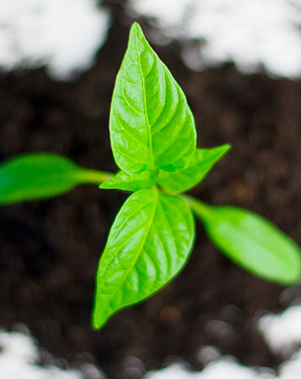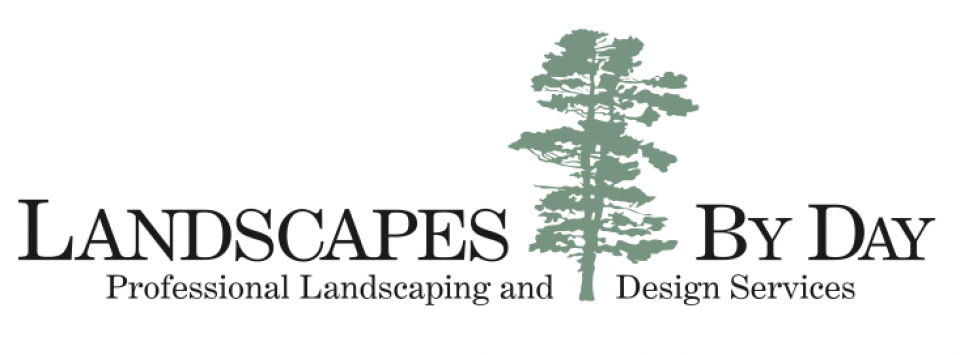 Some traditional types of eastern gardens, such as Zen gardens, use plants sparsely or not at all. Xeriscape gardens use local native plants that do not require irrigation or extensive use of other resources while still providing the benefits of a garden environment. Gardens may exhibit structural enhancements, sometimes called follies, including water features such as fountains, ponds (with or without fish), waterfalls or creeks, dry creek beds, statuary, arbors, trellises and more.
Some traditional types of eastern gardens, such as Zen gardens, use plants sparsely or not at all. Xeriscape gardens use local native plants that do not require irrigation or extensive use of other resources while still providing the benefits of a garden environment. Gardens may exhibit structural enhancements, sometimes called follies, including water features such as fountains, ponds (with or without fish), waterfalls or creeks, dry creek beds, statuary, arbors, trellises and more.
Some gardens are for ornamental purposes only, while some gardens also produce food crops, sometimes in separate areas, or sometimes intermixed with the ornamental plants. Food-producing gardens are distinguished from farms by their smaller scale, more labor-intensive methods, and their purpose (enjoyment of a hobby rather than produce for sale). Flower gardens combine plants of different heights, colors, textures, and fragrances to create interest and delight the senses.A garden is a planned space.
Garden design is the creation of plans for the layout and planting of gardens and landscapes. Gardens may be designed by garden owners themselves, or by professionals. Professional garden designers tend to be trained in principles of design and horticulture, and have a knowledge and experience of using plants. Some professional garden designers are also landscape architects, a more formal level of training that usually requires an advanced degree and often a state license.
Elements of garden design include the layout of hard landscape, such as paths, rockeries, walls, water features, sitting areas and decking, as well as the plants themselves, with consideration for their horticultural requirements, their season-to-season appearance, lifespan, growth habit, size, speed of growth, and combinations with other plants and landscape features. Consideration is also given to the maintenance needs of the garden, including the time or funds available for regular maintenance, which can affect the choices of plants regarding speed of growth, spreading or self-seeding of the plants, whether annual or perennial, and bloom-time, and many other characteristics. Garden design can be roughly divided into two groups, formal and naturalistic gardens
- Etymology
- Garden design
- Uses for the garden space
- In religion, art, and literature
- Environmental impacts
- Other similar spaces
- Types of gardens
- Climate change and gardens
I am text block. Click edit button to change this text. Lorem ipsum dolor sit amet, consectetur adipiscing elit. Ut elit tellus, luctus nec ullamcorper mattis, pulvinar dapibus leo.
I am text block. Click edit button to change this text. Lorem ipsum dolor sit amet, consectetur adipiscing elit. Ut elit tellus, luctus nec ullamcorper mattis, pulvinar dapibus leo.
I am text block. Click edit button to change this text. Lorem ipsum dolor sit amet, consectetur adipiscing elit. Ut elit tellus, luctus nec ullamcorper mattis, pulvinar dapibus leo.

The most important consideration in any garden design is, how the garden will be used, followed closely by the desired stylistic genres, and the way the garden space will connect to the home or other structures in the surrounding areas. All of these considerations are subject to the limitations of the budget. Budget limitations can be addressed by a simpler garden style with fewer plants and less costly hardscape materials, seeds rather than sod for lawns, and plants that grow quickly; alternatively, garden owners may choose to create their garden over time, area by are
Garden design is the creation of plans for the layout and planting of gardens and landscapes. Gardens may be designed by garden owners themselves, or by professionals. Professional garden designers tend to be trained in principles of design and horticulture, and have a knowledge and experience of using plants. Some professional garden designers are also landscape architects, a more formal level of training that usually requires an advanced degree and often a state license.
Elements of garden design include the layout of hard landscape, such as paths, rockeries, walls, water features, sitting areas and decking, as well as the plants themselves, with consideration for their horticultural requirements, their season-to-season appearance, lifespan, growth habit, size, speed of growth, and combinations with other plants and landscape features. Consideration is also given to the maintenance needs of the garden, including the time or funds available for regular maintenance, which can affect the choices of plants regarding speed of growth, spreading or self-seeding of the plants, whether annual or perennial, and bloom-time, and many other characteristics. Garden design can be roughly divided into two groups, formal and naturalistic gardens.


